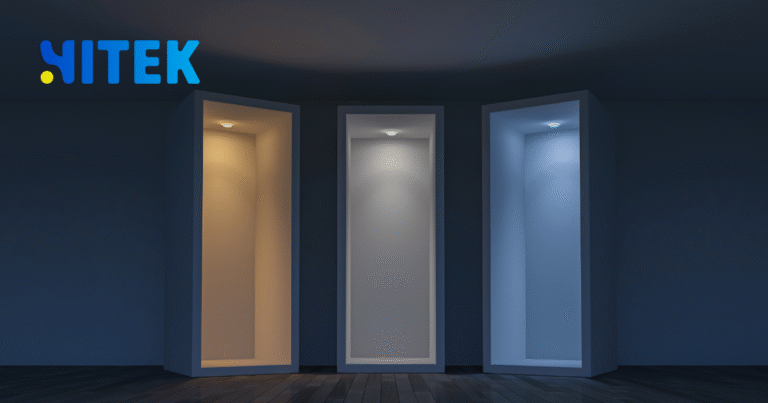In software development, the journey from writing code to deploying it in production involves multiple stages—each designed to catch bugs, test performance, and ensure reliability. One of the most critical yet often misunderstood stages is the lower environment.
But what exactly is it, and why does it matter for Australian tech teams? Understanding lower environments can streamline workflows and prevent costly production failures, whether you’re a developer, QA engineer, or product manager.
Contents
ToggleUnderstanding Lower Environments: The Unsung Hero of Software Testing
A lower environment (sometimes called a non-production environment) replicates your live system, where developers and testers validate changes before they reach end users. Unlike the production environment (where real customers interact with your app), lower environments serve as safe testing grounds.
Why Lower Environments Matter
- Risk Mitigation: Catching bugs before they impact users.
- Performance Testing: Ensuring new features won’t crash under load.
- Collaboration: Allowing developers, testers, and stakeholders to review changes.
In Australia, where tech companies like Atlassian and Canva lead innovation, structured lower environments help maintain high software quality while scaling rapidly.
Types of Lower Environments in Software Development
Not all testing environments serve the same purpose. Here’s a breakdown of the most common types:
| Environment | Purpose | Who Uses It? |
|---|---|---|
| Development (Dev) | Where developers write and test new code. | Software engineers |
| Testing (QA) | Dedicated space for quality assurance teams to run manual/automated tests. | QA testers |
| Staging | A near-identical copy of production for final validation. | Product managers, DevOps teams |
| Pre-production | Used for performance, security, and user acceptance testing (UAT). | Security teams, stakeholders |
Each environment plays a distinct role in the software development lifecycle (SDLC), ensuring that only thoroughly vetted code reaches production.
Key Benefits of Using Lower Environments
1. Fewer Production Outages
Imagine pushing an untested update to a banking app—chaos would ensue. Lower environments act as a buffer, preventing such disasters. Companies like CommBank rely on rigorous staging tests to ensure seamless digital banking experiences.
2. Faster Debugging & Collaboration
When a bug is found in QA instead of production, fixing it is cheaper and faster. Teams can replicate issues without affecting genuine users.
3. Compliance & Security
Regulatory compliance is non-negotiable for industries like finance and healthcare (think Medibank). Lower environments allow security teams to run penetration tests and audits before deployment.
Best Practices for Managing Lower Environments in Australia
1. Keep Environments Consistent
Mismatched configurations between staging and production can lead to “it works on my machine” issues. Tools like Docker and Kubernetes help maintain uniformity.
2. Automate Testing Where Possible
Automated testing frameworks like Selenium or Cypress speed up validation, which is crucial for agile teams.
3. Monitor Performance Early
Use tools like New Relic or Datadog to catch performance bottlenecks before they hit production.
4. Secure Sensitive Data
Lower environments often use dummy data, but if accurate data is needed, proper masking must be ensured to comply with Australian privacy laws like the Privacy Act 1988.
Common Challenges & How to Overcome Them
1. Environment Drift
When dev, staging, and production configurations fall out of sync, bugs slip through. Solution: Infrastructure as Code (IaC) tools like Terraform enforce consistency.
2. Slow Provisioning
Waiting days for a test environment kills productivity. Solution: Cloud platforms like AWS or Azure enable the creation of on-demand environments.
3. High Costs
Maintaining multiple environments can be expensive. Solution: Use ephemeral environments that spin up only when needed.
Final Thoughts: Why Australian Tech Teams Need Robust Lower Environments
In a competitive market where user experience can make or break a product, lower environments are not just a luxury but a necessity. From startups in Sydney’s Silicon Beach to enterprise giants like Afterpay, investing in a well-structured testing pipeline improves stability, security, and customer trust.
Ready to Optimize Your Development Pipeline?
If your team struggles with unreliable deployments, it might be time to refine your lower environments. Start by auditing your current setup and exploring automation tools to streamline testing.
Do you have questions about setting up a lower environment? Contact our DevOps experts today for a tailored solution.
By implementing these strategies, Australian software teams can ensure smoother releases, happier users, and fewer midnight fire drills. After all, in tech, the best failures are the ones that never reach production.









